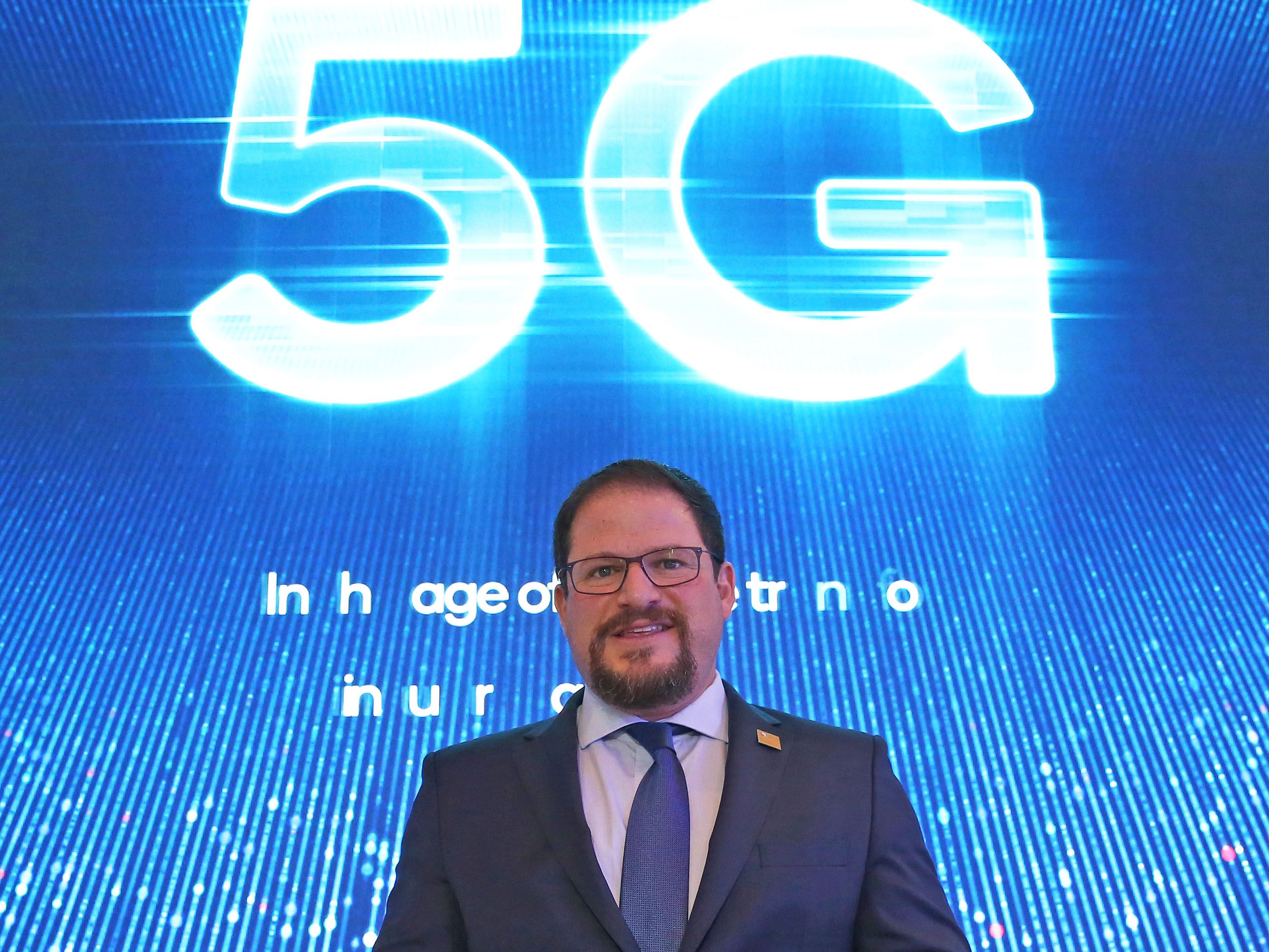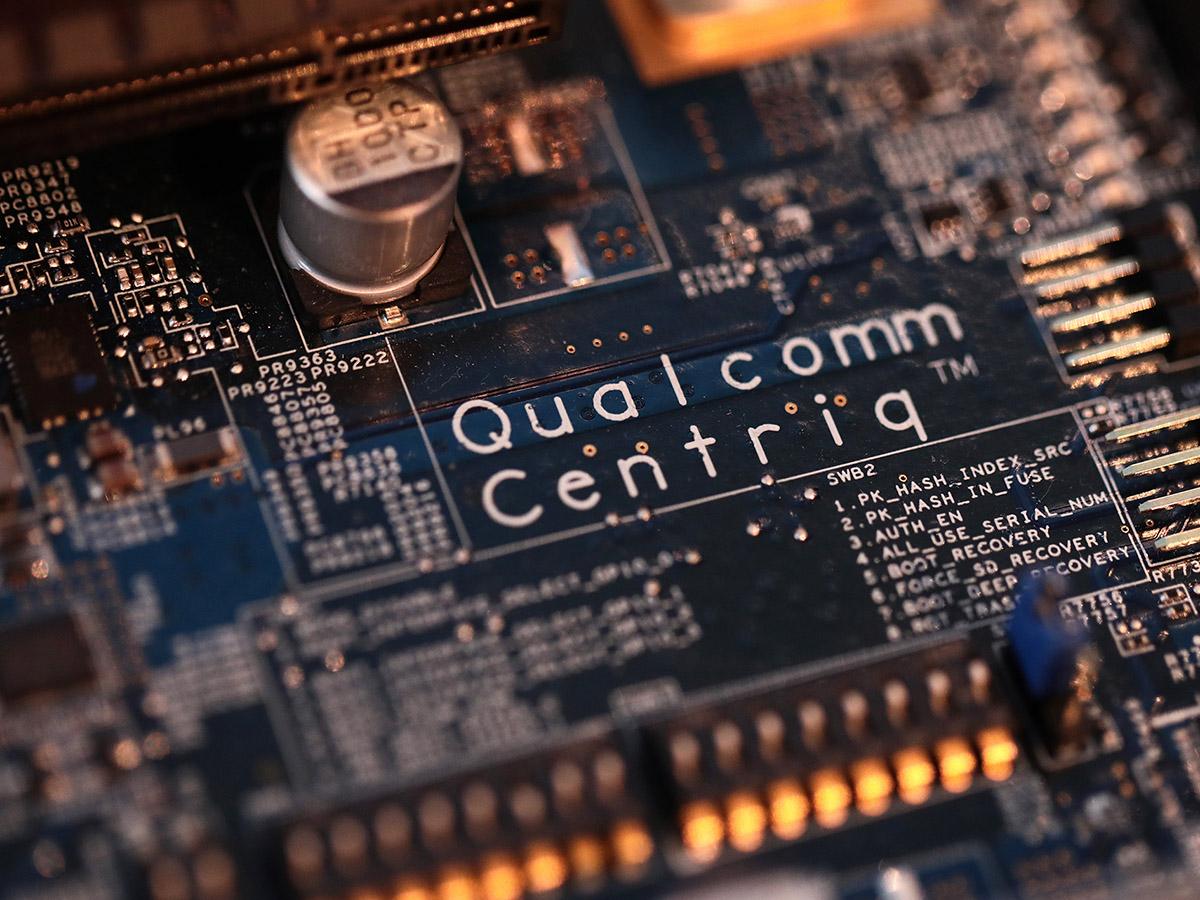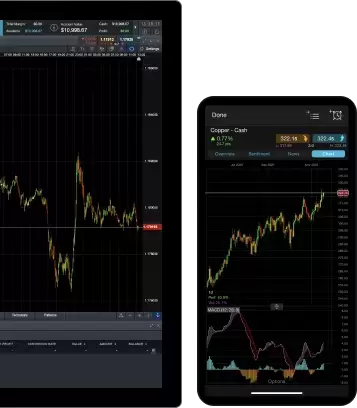5G stocks to watch
Published on: 05/10/2021 | Modified on: 12/06/2023
5G is the fifth generation of mobile networks and is expected to be the future of mobile technology. In this article, we analyse past performance and market analyst estimates to provide objective information that can help you make future trading decisions in the 5G revolution. Here are some of the top 5G companies and exchange-traded funds (ETFs) that you can speculate on using spread bets or CFDs in the stock market.
























